Action
Faith
Gym
Inspiration
Leaving a Legacy
From Hulkamania to Heaven: How Hulk Hogan Found His True Strength in Faith
- by admin86
- August 3, 2025
- 0 Comments
- 8 minutes read
- 475 Views
- 5 months ago
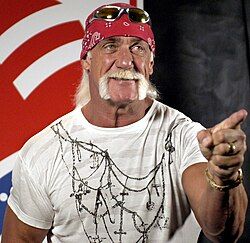


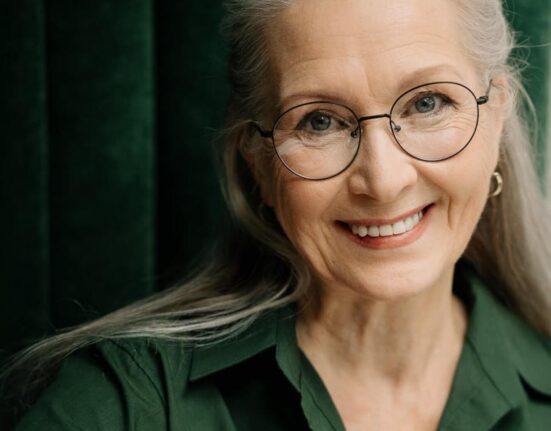
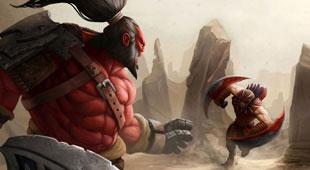

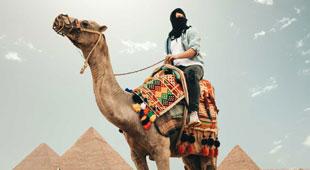

 fundamentally altering both professional wrestling and American popular culture. Born in Augusta, Georgia, and raised in Tampa, Florida, Bollea was a aspiring musician and construction worker who stumbled into wrestling almost by accident in the late 1970s. His imposing 6’7″ frame and natural charisma caught the attention of wrestling promoters, but it was his collaboration with Vince McMahon Jr. and the World Wrestling Federation that truly launched him into the stratosphere. The Hulk Hogan persona—complete with his iconic handlebar mustache, bandana, and “Whatcha gonna do, brother?” catchphrase—became the perfect embodiment of 1980s American optimism and machismo. His feuds with Andre the Giant, “Macho Man” Randy Savage, and other wrestling legends weren’t just athletic competitions; they were morality plays that captivated millions of viewers and elevated wrestling from a niche regional entertainment to a national phenomenon.
fundamentally altering both professional wrestling and American popular culture. Born in Augusta, Georgia, and raised in Tampa, Florida, Bollea was a aspiring musician and construction worker who stumbled into wrestling almost by accident in the late 1970s. His imposing 6’7″ frame and natural charisma caught the attention of wrestling promoters, but it was his collaboration with Vince McMahon Jr. and the World Wrestling Federation that truly launched him into the stratosphere. The Hulk Hogan persona—complete with his iconic handlebar mustache, bandana, and “Whatcha gonna do, brother?” catchphrase—became the perfect embodiment of 1980s American optimism and machismo. His feuds with Andre the Giant, “Macho Man” Randy Savage, and other wrestling legends weren’t just athletic competitions; they were morality plays that captivated millions of viewers and elevated wrestling from a niche regional entertainment to a national phenomenon.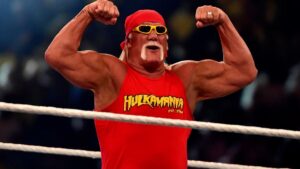 His “training, prayers, and vitamins” philosophy promoted to young fans, combined with his larger-than-life personality, helped wrestling achieve a level of mainstream respectability it had never previously enjoyed. Even his later controversial transformation into “Hollywood Hogan” with World Championship Wrestling’s New World Order storyline proved his ability to reinvent himself and remain culturally relevant, cementing his status as not just wrestling’s biggest star, but one of the most recognizable figures in American entertainment history.
His “training, prayers, and vitamins” philosophy promoted to young fans, combined with his larger-than-life personality, helped wrestling achieve a level of mainstream respectability it had never previously enjoyed. Even his later controversial transformation into “Hollywood Hogan” with World Championship Wrestling’s New World Order storyline proved his ability to reinvent himself and remain culturally relevant, cementing his status as not just wrestling’s biggest star, but one of the most recognizable figures in American entertainment history.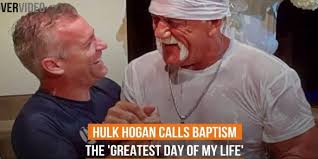
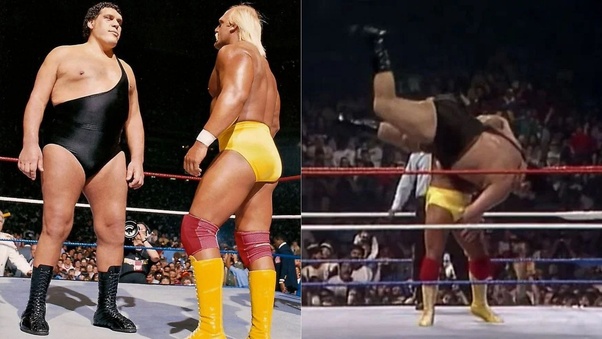
Leave feedback about this